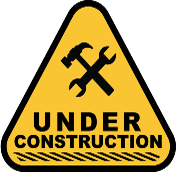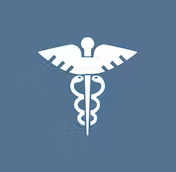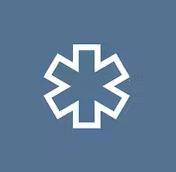Trego County Lemke Memorial Hospital
Trego County-Lemke Memorial Hospital is a 25-bed critical access health care facility providing inpatient, emergency and outpatient services. WaKeeney and Ellis Family Care Centers offer clinic services aimed to fulfill all of your family’s needs. An attached 37-bed Long Term Care unit, 6-bed Assisted Living complex, and Home Delivered Meals complete the package by providing all aspects of care under one roof.
Our strength comes from the commitment and genuine caring of our healthcare team and the support of our community. Our vision of “To be the healthcare facility of choice for our community and surrounding area” serves as our guiding principle. We welcome your comments.
 Patient Portal Patient Portal |
 Online Bill Pay Online Bill Pay |
 Pricing Transparency Tool Pricing Transparency Tool |
 News and Communication News and Communication |
Patient Satisfaction
TCLMH's mission is "Touching lives with compassion and a commitment to excellence." One way that we measure how well we are meeting this mission is by the input our customers give us. If you have a great experience we want to hear about it. Hearing about the services and staff that you enjoyed the most, helps us to recognize and reward our team.
If we fell short of your expectations, we want to hear about it. Bill Gates once said, "Your most unhappy customers are your greatest source of learning." At TCLMH, we are committed to receiving customer concerns and viewing them as ideas for growth and improvement. For example in 2011, our parking spaces were widened to enable our customers to access our facility with ease; and a wall mirror was placed in the Acute hallway after a customer voiced their concern about potential collisions at the intersection.
After you receive services at TCLMH and our Family Care Clinics in WaKeeney and Ellis, please take a moment to fill out your patient satisfaction survey. Each visit can provide a new experience for our customers, and we want to hear about it!




